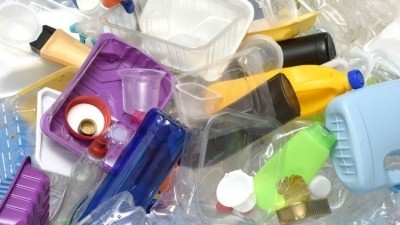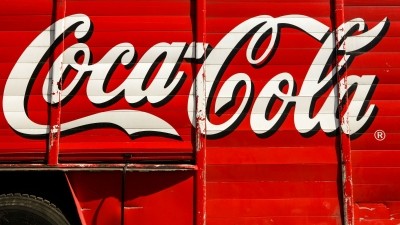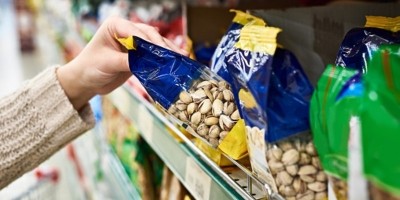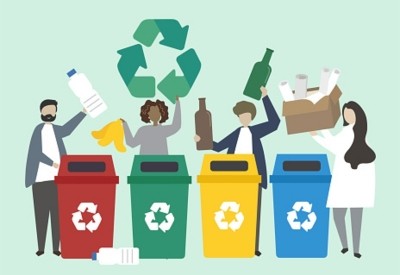Clearer recycling rules: South Korea to modify on-pack symbols to boost waste ‘self-maintenance’
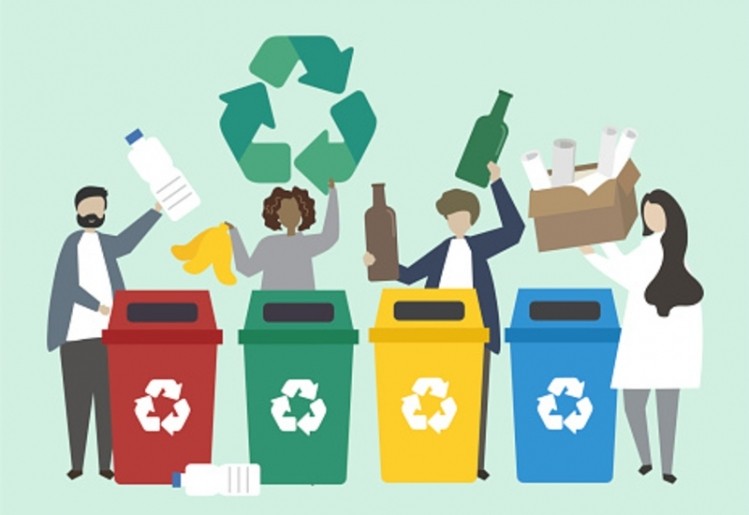
The South Korean Ministry of Environment (MoE) recently released two recycling guideline documents - the Guideline on Recycling Symbols and Standards of Labeling Quality, and draft regulations on Structure of Packaging Material Grade – in an attempt to further upgrade the country’s recycling regulations which are already more thorough than most.
“The provision of a separate label for packaging materials that cannot be recycled will [eliminate the uncertainty] between such items and items that require separation but are still recyclable – this will increase the effectiveness of the labels and improve the separation of items for recycling,” said MoE via a formal notice.
“In addition, as coloured PET and PVC packaging materials have previously already been prohibited from the recycling process [due to the resulting associated challenges], the ‘PET’ label will be changed to ‘Transparent PET’, and ‘PVC’ will be completely removed from the label list [so this will hopefully reduce any potential confusion about recyclability].”
Recycling symbols will also have to carry ‘at a glance’ information on the packaging type (e.g. bottle) and packaging material (e.g. glass) such that consumers will immediately know which recycling bins to select for disposing their food and beverage containers in, with minimal uncertainty.
South Korea has already made several previous attempts to upgrade its recycling laws based on consumer feedback, and according to local industry experts, these continuous improvement initiatives all stem back to a conscious need for waste ‘self-maintenance’ moving forward.
“South Korea previously exported most of our waste to China and it was a pretty big business too, but ever since China started refusing waste from foreign countries it was something of a wake-up call to the government that something needed to be done,” South Korean business consultancy KOISRA Founder and CEO Eyal Victor Mamou told FoodNavigator-Asia.
“There were attempts to send the waste to countries like the Philippines, but those were rejected too as most countries realised that they didn’t want to become the ‘garbage bin of the world, which raised this even further.
“Since then, there’s been a lot of push for packaging materials to be recyclable, due to this realisation that it is very difficult to export waste now and there is a need for the country to do its own waste self-maintenance as much as possible.”
Packaging reduction
In addition to recyclability, Mamou added that South Korea is also focusing very closely on reducing the amount of packaging actually used.
“Taking a pack of cookeis for example, South Korea has always been very fond of having not just an outer wrapper but also separate individual packing for each cookie as this is thought to keep the food fresh and clean – but these days the push is to reduce the packaging being used,” he said.
“We’ve also seen the government very strictly regulate the packaging of incoming imported foods and beverages, in fear that these would impact the local recycling strategy. Some areas we’ve seen them be very strict on recently include packaging materials and the relevant toxicity tests as well as whether or not these are recyclable, the materials used for the product seals if these are in bottles as even these must be recycled.
“In addition, printing is a big thing too, by which I mean that product labels must be printed separately with all the relevant information, and not directly on the bottle itself, as the labels will need to be removed for recycling.
“So for instance, if say a bottle of olive oil is being imported, a lot of documentation and certification will be centred on packaging e.g the type of glass used for the bottle, the material the seal is made of, and the product label must be separate from the actual bottle.
South Korea’s recycling strategy is part of its 2030 food industry vision, where one of the five major pillars is to boost environmentally-friendly food. MoE has also stated that the targeted recycling recovery rates for packaging are to hit 15% by 2023, 30% by 2025, and 70% by 2030.
